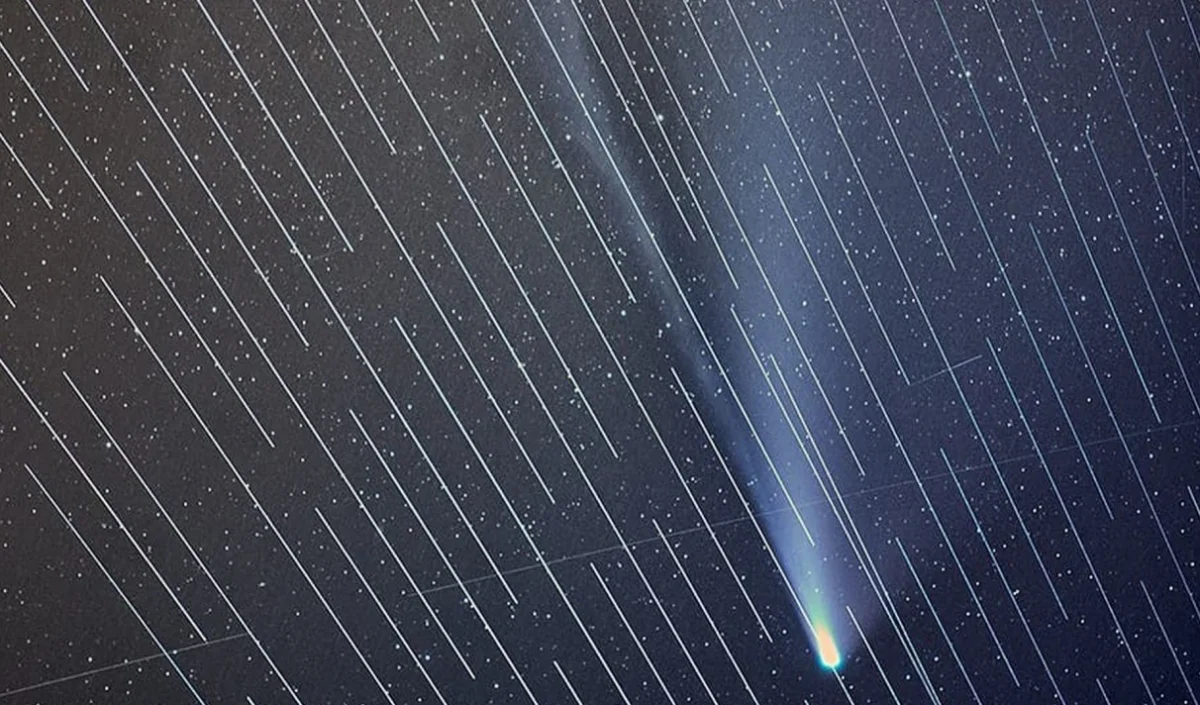Comment traquer les satellites dans un terminal ?
Ca vous dirait de suivre en temps réel les trajectoires de ces merveilleux satellites et autres télescopes Hubble ou ISS directement dans votre terminal Linux ?
Bah oui que ça vous dire, forcement, car c’est trop cool ! On a l’impression de bosser pour la NASA, et tout ça grâce au script Python TermTrack.
Pour installer TermTrack :
pip3 install termtrack
Ensuite, vous pouvez lancer l’utilitaire suivi du numéro de bidule en orbite que vous voulez suivre (la liste se trouve ici) et vous obtiendrez une merveilleuse carte en ASCII avec un petit X qui se balade, symbolisant le satellite que vous ciblez.
termtrack 45049

TermTrack propose également différentes options pour la carte comme la possibilité d’afficher les zones de nuit, la lune, le soleil ou les coordonnées du satellite…etc. Il est même possible de visualiser les satellites de Mars ou de la Lune mais vous serez déçu.
Usage: termtrack [OPTIONS] [SATELLITE] Shows a world map tracking SATELLITE. Valid values for SATELLITE are numbers from http://www.celestrak.com/NORAD/elements/master.php (for your convenience, a number of aliases have been provided). Example satellite aliases (find more with --aliases): hubble Hubble Space Telescope iss International Space Station Hotkeys: a Toggle apsides markers c Toggle next-orbit coverage overlay d Toggle ascent/descent markers f Toggle footprint (satellite horizon) g Toggle latitude/longitude grid i Toggle info panels n Toggle night shading o Cycle through drawing 0-3 next orbits p Pause/resume q Quit r Reset plotted time to current t Toggle topography x Toggle crosshair left Small step back in time right Small step forward in time down Large step back in time up Large step forward in time Options: --aliases Show all satellite aliases and exit --apsides Draw apoapsis and periapsis markers -b, --body BODY Which celestial body to draw: Earth, Moon or Mars (defaults to Earth) -c, --coverage Show next-orbit coverage overlay -f, --footprint Draw satellite footprint/horizon --fps N Frames per second (defaults to 1) -g, --grid Draw latitude/longitude grid -i, --info Show info panels -m, --me Auto-detect your location as observer -n, --night Shade night side -o, --orbits N Draw this many orbits ahead of the satellite --orbit-ascdesc Draw orbits with ascent/descent markers -O, --observer 'LAT LON' Space-separated latitude and longitude of an observer; overrides IP-geolocation -p, --paused Start paused -P, --planets PLANETS Comma-separated list of celestial objects to draw (e.g. 'sun,moon') -r, --orbit-res [/]N[+] Set distance of orbit markers: 'N' means N minutes, '/N' means 1/Nth of orbital period, append a plus sign to interpolate in between markers (defaults to /70) -t, --topo Enable coloring of topographical features --tle FILE read TLE data from FILE instead of downloading it (SATELLITE will have no effect and can be omitted) -x, --crosshair Draw crosshair around satellite location --version Show version and exit --help Show this message and exit



